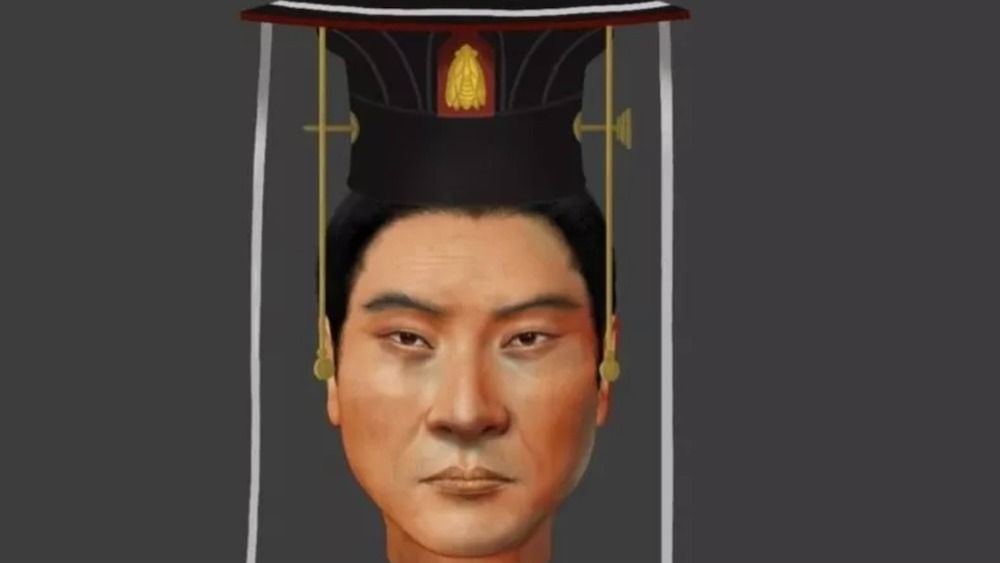
1,500-year-old DNA used to reveal likeness of Chinese Emperor Wu
['statement', 'people', 'study', 'Northern', 'analysis']
Scientists used DNA to create a facial reconstruction of a Chinese emperor who ruled 1,500 years ago.
1,500-year-old DNA used to reveal likeness of Chinese Emperor Wu
DNA from the remains of a Chinese emperor who lived 1,500 years ago has helped scientists create a facial approximation and learn what may have caused his death, a new study finds. Emperor Wu ruled China's Northern Zhou dynasty from A. D. 560 until his death in 578, at the age of 36, according to a study published Wednesday in the journal Current Biology. Wu is perhaps best known for building a strong military presence, pacifying the Turks and unifying northern China after defeating the Northern Qi dynasty, the new study reported. "Previously, people had to rely on historical records or murals to picture what ancient people looked like. We are able to reveal the appearance of the Xianbei people directly." The DNA analysis revealed that the Xianbei people migrated south into northern China, and coupled with people who were ethnically Han Chinese. The new analysis concurs with historical records that described Wu as having "Aphasia , drooping eyelids, and an abnormal gait - potential symptoms of a stroke," according to the statement. "Our analysis shows Emperor Wu had typical East or Northeast Asian facial characteristics."